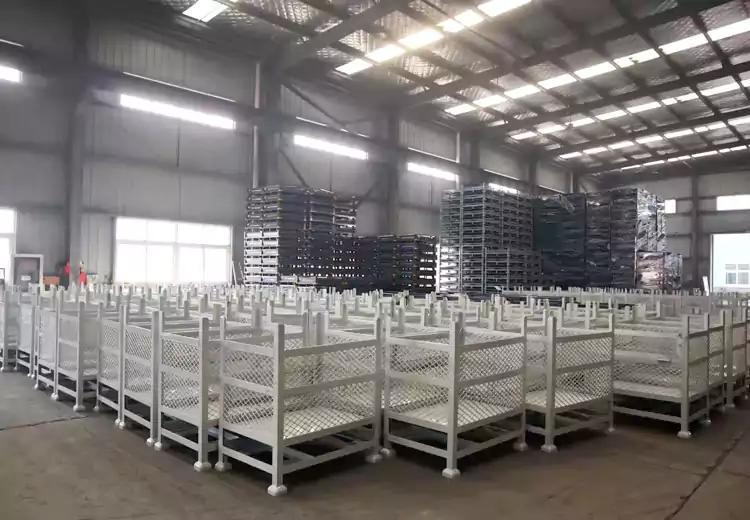How Do Stillage Containers Work Perfectly as a Returnable Packaging System for Warehouses?
Reusable packaging solutions such as stillage containers can reduce a company’s packaging expenses by up to 90%, according to studies. The metal stillages and wire containers are environmentally friendly and might reduce the amount of money in the transport sector.
By avoiding the use of costly materials, they produce less trash. At the end of the day, your staff won’t have to bother about disassembling boxes or getting rid of several pounds of waste.
Save Environment and Money— Stillage Containers are Recyclable and Reusable
You must come up with a way to bring empty stillage containers to the facility so they can be utilized to convey new orders if you’re prepared to add recyclable materials to your warehouse, processing facility, or another site. To keep your goods flowing, you must establish a returnable packing strategy.
Making a System for Returning Packages or Containers
A package return system can be designed in a number of ways. Regardless of the approach you take, you should be able to:
- Consider the need for containers in the future.
- How many containers do you now have in your possession?
- Before adding returned containers to the distribution network, check them.
- If some items are not available, offer some alternatives.
You must keep an eye on your containers when using a returnable packing method, just as you would your goods. The system has to keep track of every container. As the shipment travels through the distribution network, employees should record its location.
Each order ought to be given its own designated container. The system will display that the container is now travelling back to the facility or to another location once the employee checks the item from their checklist in the system after it has been transported.
When they the metal stillages and wire containers back to the site, your employees must have a function to examine the containers. They must search for signs of deterioration and breakage in every container. Containers that can’t be shipped need to be taken out of service and recycled. In case some of your returned shipments are lost or damaged, have a stock of extra containers available.
Returning Your Empty Containers: Some Tips
Pick the Correct Type Container
Only if you’re employing the proper kind of containers will your returnable package system be effective. The containers must, first and foremost, be made to be reused more than once. Use heavy-duty containers that can withstand many trips, such as bulk wire baskets. The ideal material for the container would be either plastic, metal, or wood. These substances ought to offer weatherproofing without degrading over time.
Employ containers that make it simple to move your items as well. To maintain your goods circulating, use a pallet container that can be placed on a typical pallet. You don’t need to be concerned about using throwaway materials or shrink-wrapping your products to the pallet.
Identify Your Packages
Some containers are prone to get misplaced in the confusion. Make sure they have the appropriate labels if you choose to leave your empty containers with the consumer to be picked up later. This information can be used by your business associates to return the shipment to its original location.
To prevent labels from coming off during shipment, choose the appropriate type for your containers. When dealing with wooden crates, cardboard boxes, and other sorts of containers, find out more about how to label properly to prevent making mistakes.
Save with Reusable Packaging
By investing in your own reusable container solution, you can bid farewell to packaging waste. Depending on demand, your team members can easily add and remove containers from the loop. How much money you could save over time will shock you.

